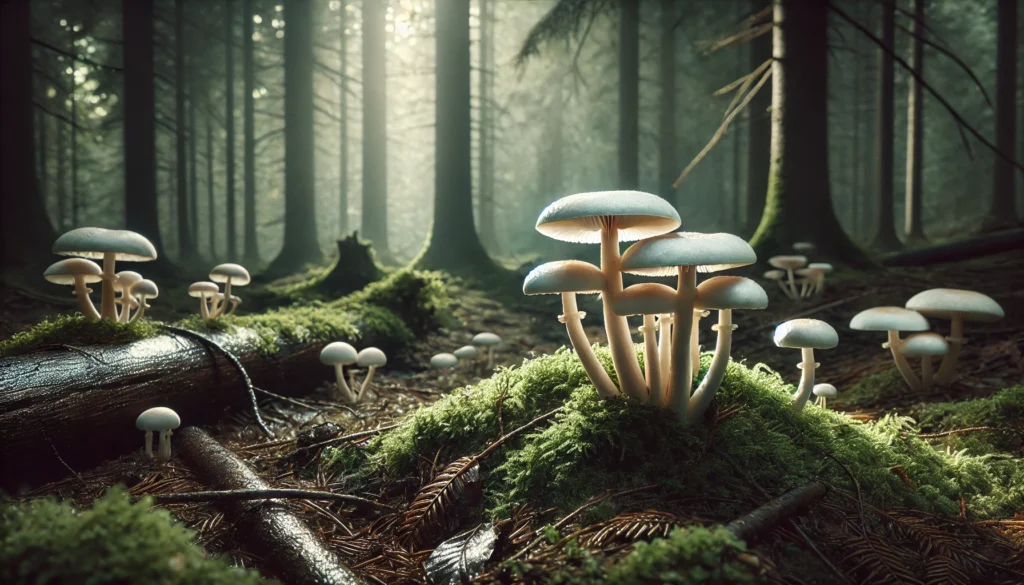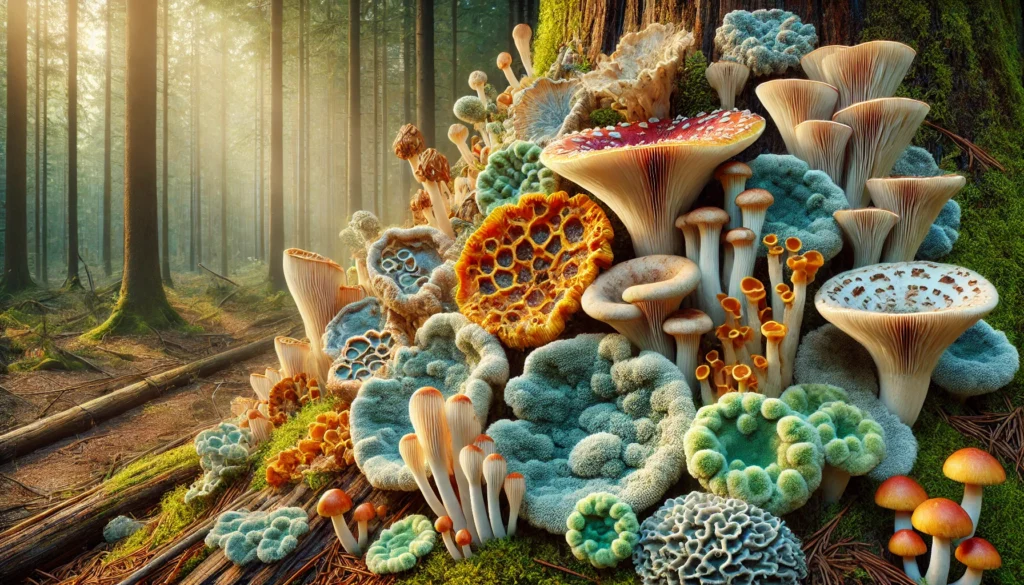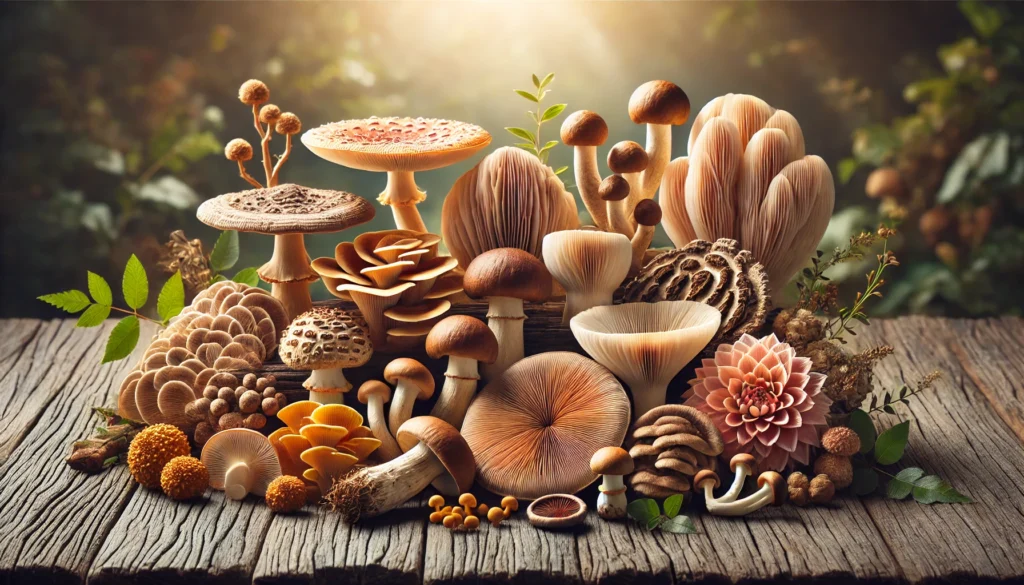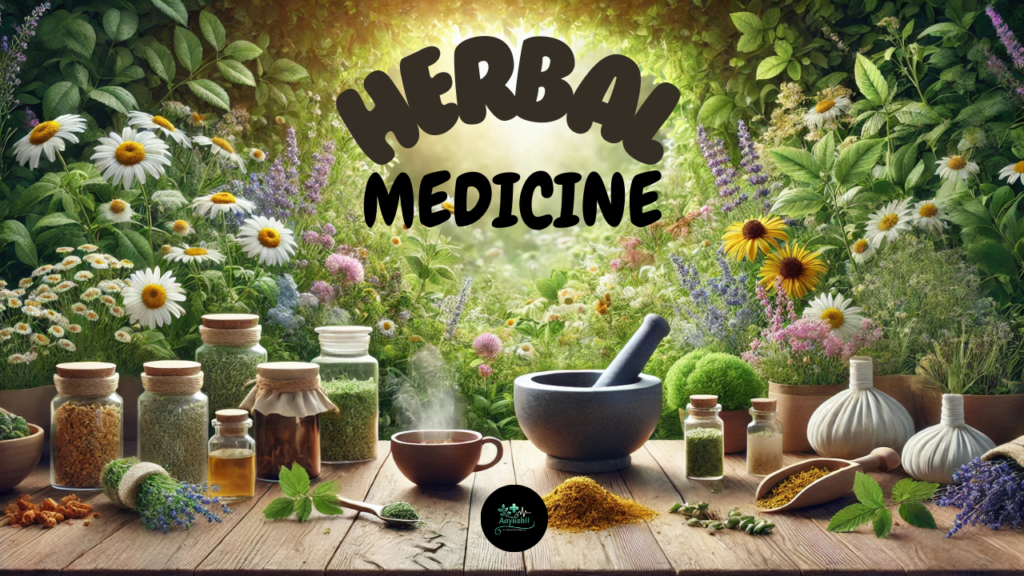Mushrooms are more than just an intriguing presence on a forest floor or a tasty addition to your dinner plate. They represent a diverse kingdom of organisms—fungi—that play critical roles in ecosystems, human health, culinary traditions, and emerging sustainable industries. Understanding why mushrooms matter requires delving into their biological origins, nutritional content, medicinal properties, cultural significance, and ecological contributions. In this in-depth guide, we’ll explore every facet of mushrooms, from their rich history in global cuisine to their cutting-edge use in environmental solutions.
Understanding What Mushrooms Are
Mushrooms are the fruiting bodies of fungi. While often mistaken for plants, fungi form their own biological kingdom, separate from plants and animals. Unlike plants, fungi do not rely on sunlight to produce energy through photosynthesis. Instead, they absorb nutrients from their environment by breaking down organic matter. This unique feeding process allows many mushrooms to thrive in damp, shaded areas, where they play a vital role in decomposing wood, leaf litter, and other organic materials.
Key Characteristics of Mushrooms
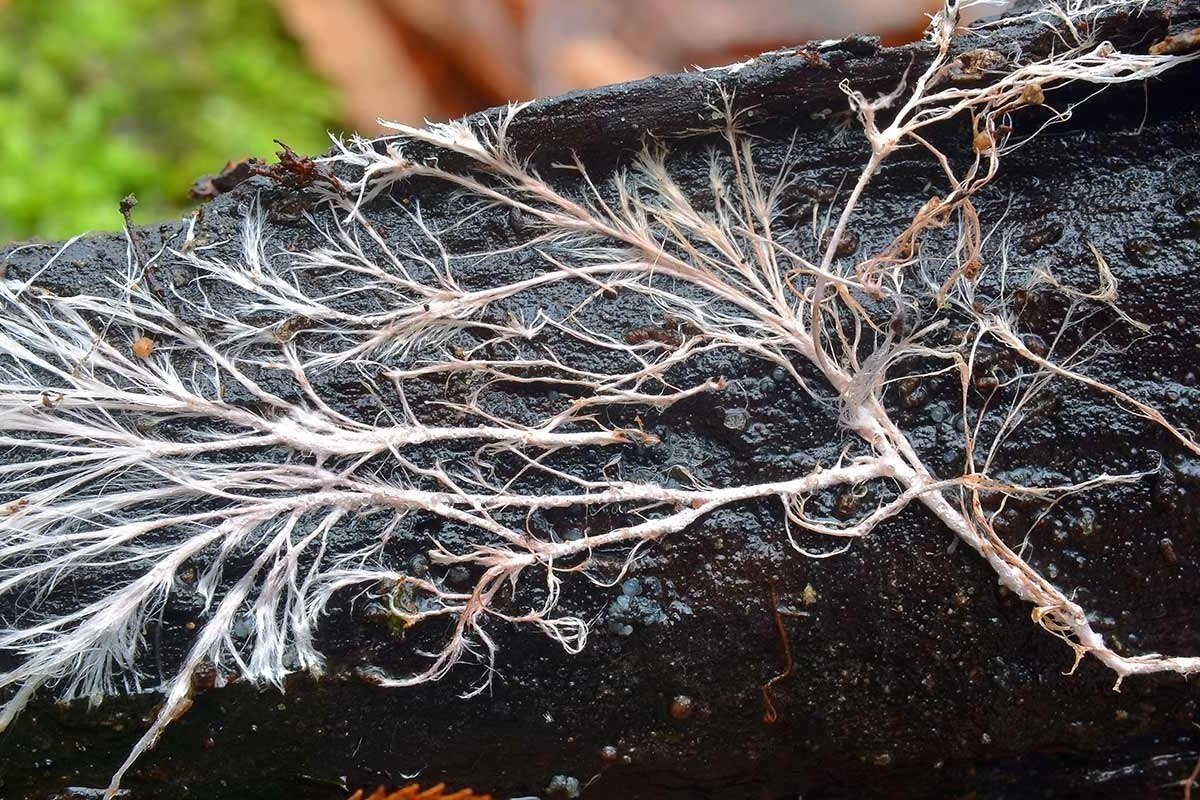
Mycelium: Beneath every mushroom you see is a vast, often hidden network of thread-like cells called mycelium. This mycelial network acts like a natural recycler, breaking down complex organic compounds into simpler forms.
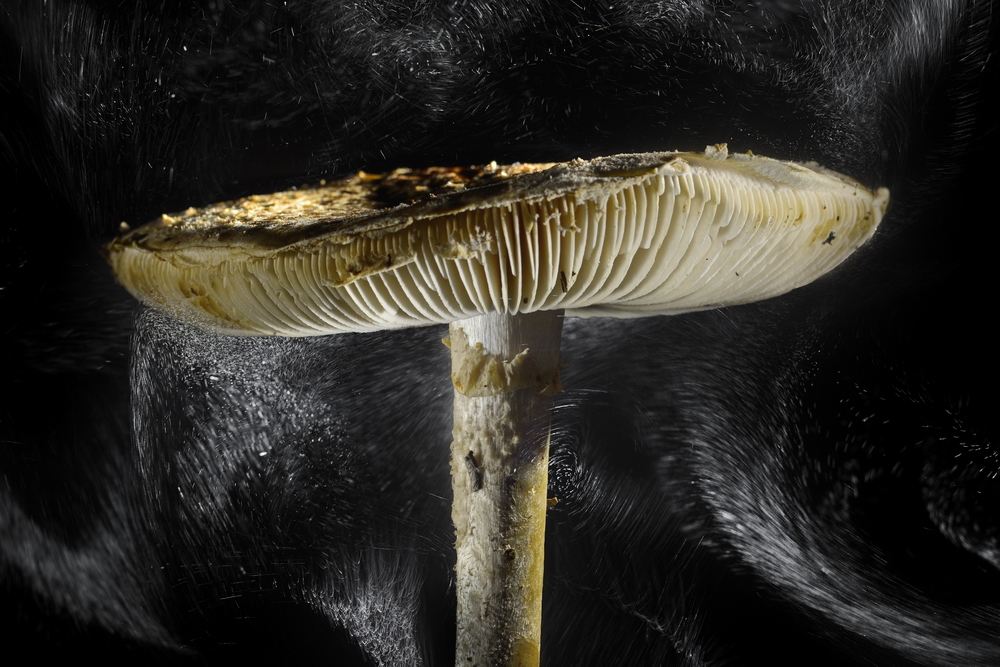
Spores: Mushrooms reproduce by releasing microscopic spores, which are carried by wind, water, or animals. When these spores land in a suitable environment, they germinate and form new mycelial networks.
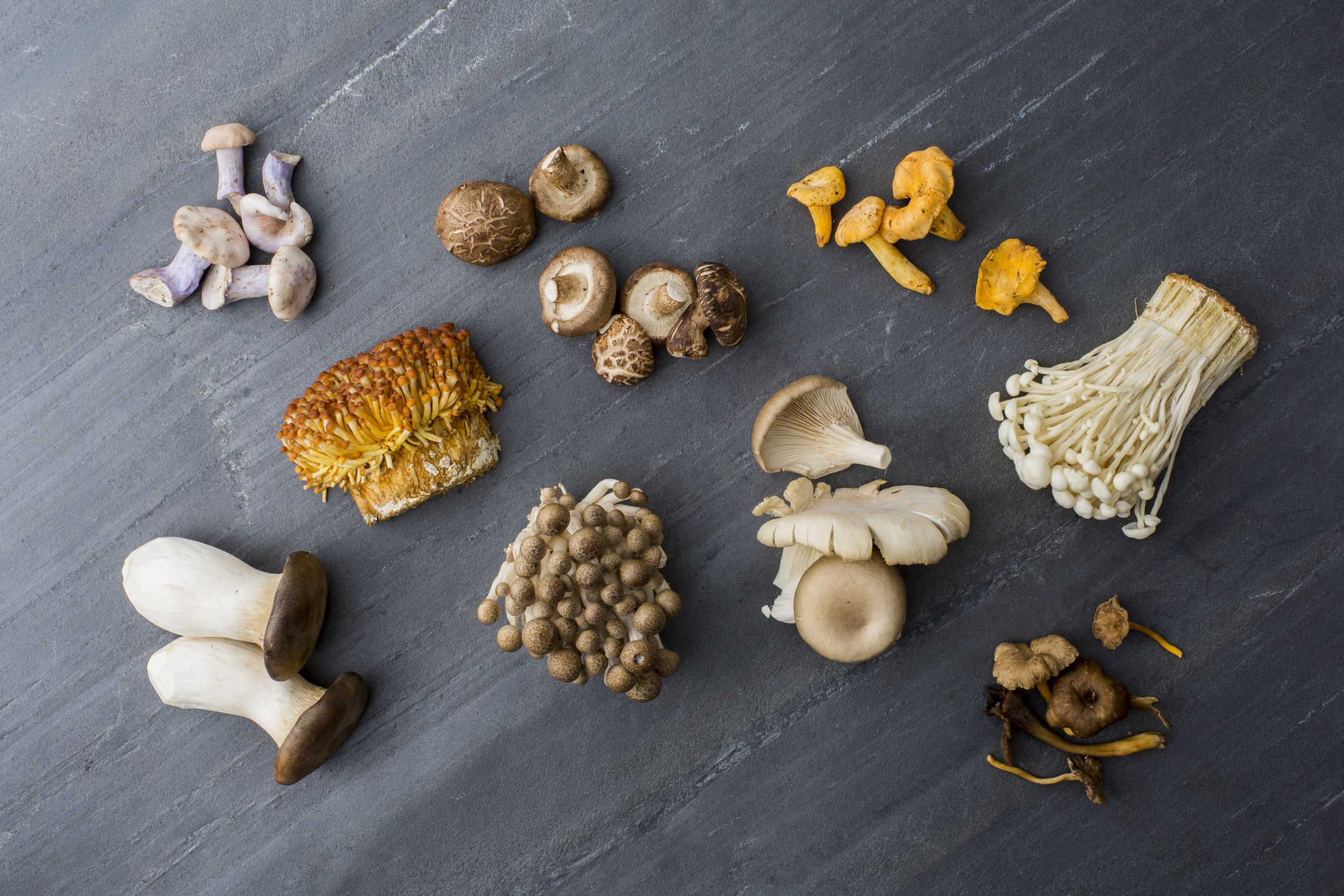
Diversity: There are thousands of known mushroom species, each with its own shape, color, size, and habitat. Some are edible, some medicinal, and others poisonous—hence the importance of proper identification.
Nutritional Powerhouse: The Health Benefits of Mushrooms
Mushrooms pack an impressive nutritional punch, providing essential vitamins, minerals, and other beneficial compounds. They’re often praised as a low-calorie, nutrient-dense food that can fit into a wide variety of diets.
Key Nutrients Found in Mushrooms
- B Vitamins: Mushrooms are rich in B vitamins like riboflavin, niacin, and pantothenic acid, which support energy production, healthy skin, and proper nervous system function.
- Vitamin D (When Exposed to Light): Some mushrooms, when exposed to sunlight or UV light, synthesize vitamin D—an essential nutrient for bone health, immune support, and hormone regulation.
- Minerals: Mushrooms contain minerals such as selenium, copper, and potassium. Selenium supports antioxidant function, copper aids in red blood cell formation, and potassium helps maintain proper blood pressure levels.
- Fiber and Protein: While not a complete protein source, mushrooms still offer a modest amount of protein and dietary fiber. Fiber supports digestive health, while protein assists in muscle maintenance and overall bodily functions.
- Antioxidants and Polysaccharides: Mushrooms are loaded with bioactive compounds like beta-glucans, which are polysaccharides that support immune function, and antioxidants that help protect cells from oxidative stress.
Health Benefits Backed by Research
- Immune System Support: Certain mushrooms, such as shiitake and reishi, contain compounds that can bolster the immune system. For example, beta-glucans enhance immune cell activity.
- Heart Health: Mushrooms are cholesterol-free, low in fat, and contain compounds that may help maintain healthy cholesterol and blood pressure levels.
- Weight Management: Being low in calories and high in nutrients, mushrooms can help support weight management, especially when used as a meat substitute to reduce overall calorie intake.
- Gut Health: The fiber content and prebiotic properties of some mushrooms support a healthy gut microbiome, promoting better digestion and overall well-being.
Medicinal Mushrooms: Ancient Remedies Backed by Modern Science
Medicinal mushrooms have been used for centuries in traditional medicine, particularly in Asian cultures. Modern science is now catching up, validating many of the claims made by herbalists and healers.
Popular Medicinal Mushrooms and Their Benefits
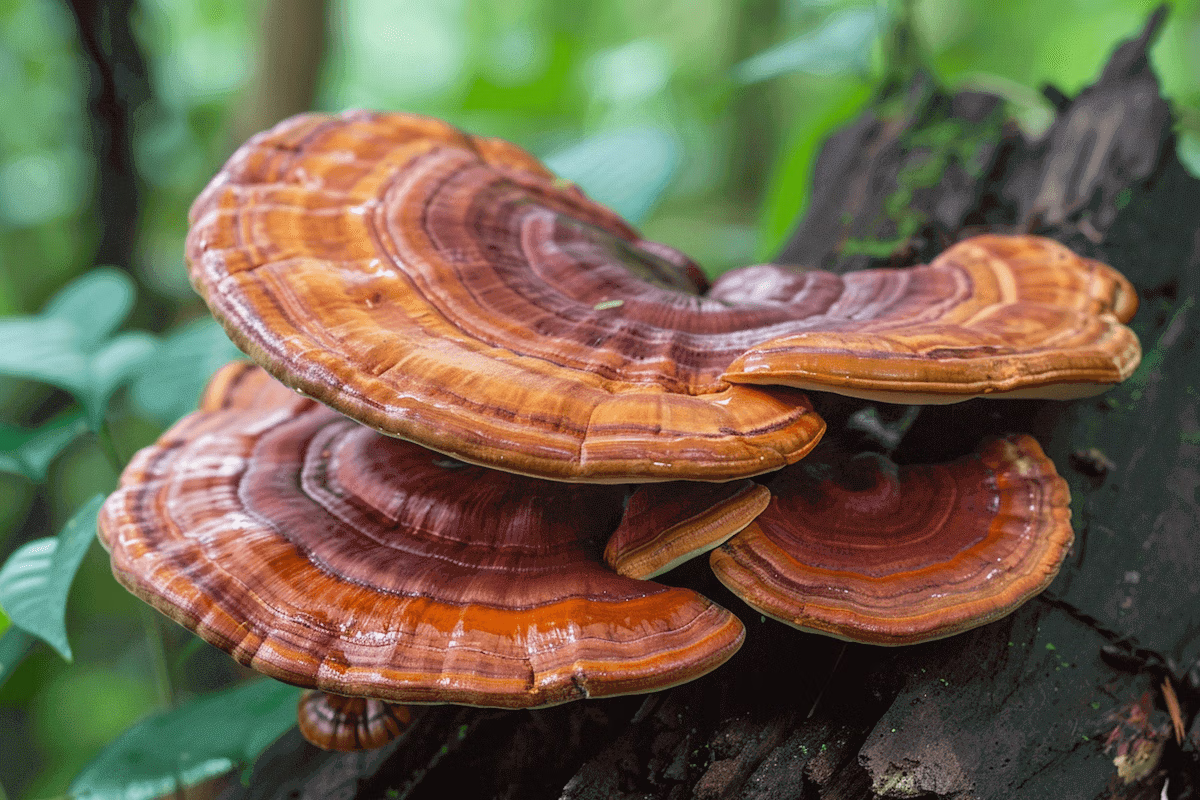
Reishi (Ganoderma lucidum): Known as the “mushroom of immortality” in Chinese medicine, reishi has been studied for its immune-modulating, anti-inflammatory, and stress-reducing effects.
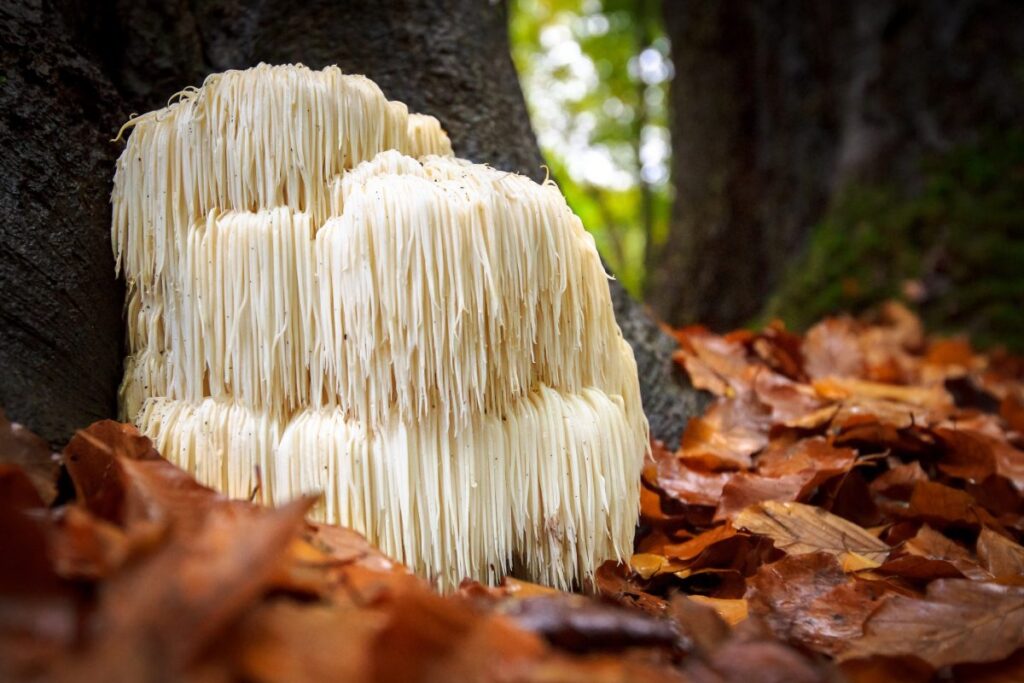
Lion’s Mane (Hericium erinaceus): With its distinctive shaggy appearance, Lion’s Mane is gaining popularity for its potential to support cognitive function, nerve regeneration, and mental clarity.
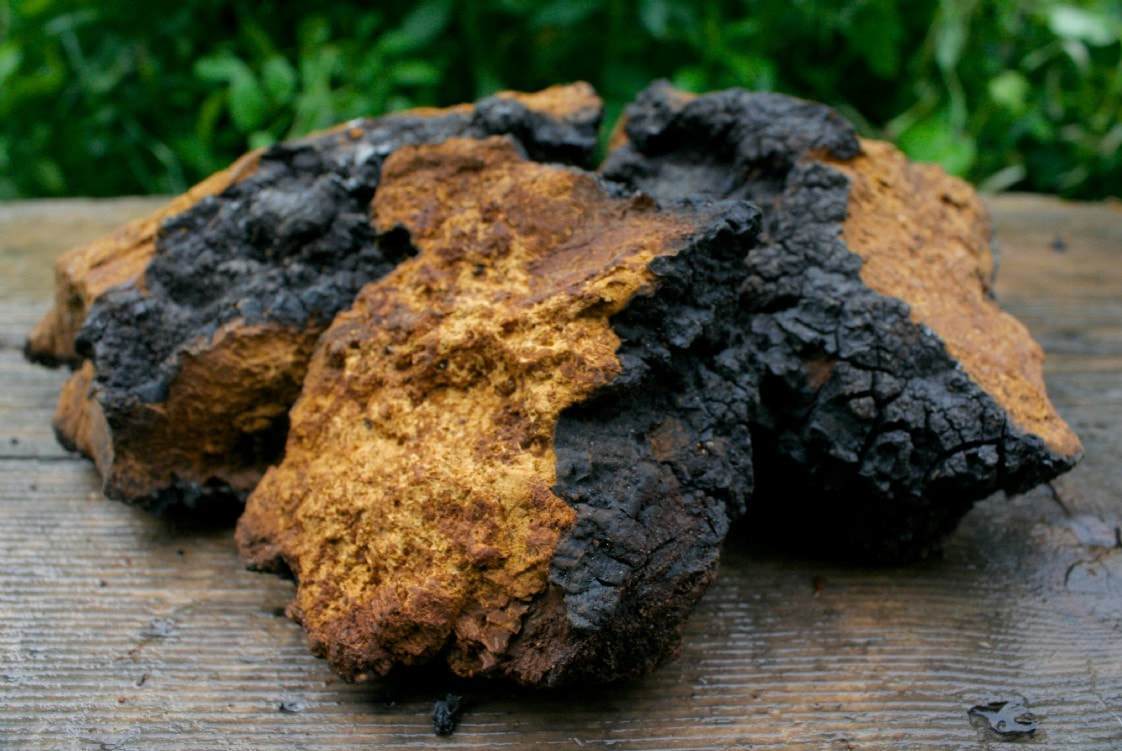
Chaga (Inonotus obliquus): Found on birch trees, chaga is rich in antioxidants and has been examined for its potential anti-inflammatory and immune-supporting properties.
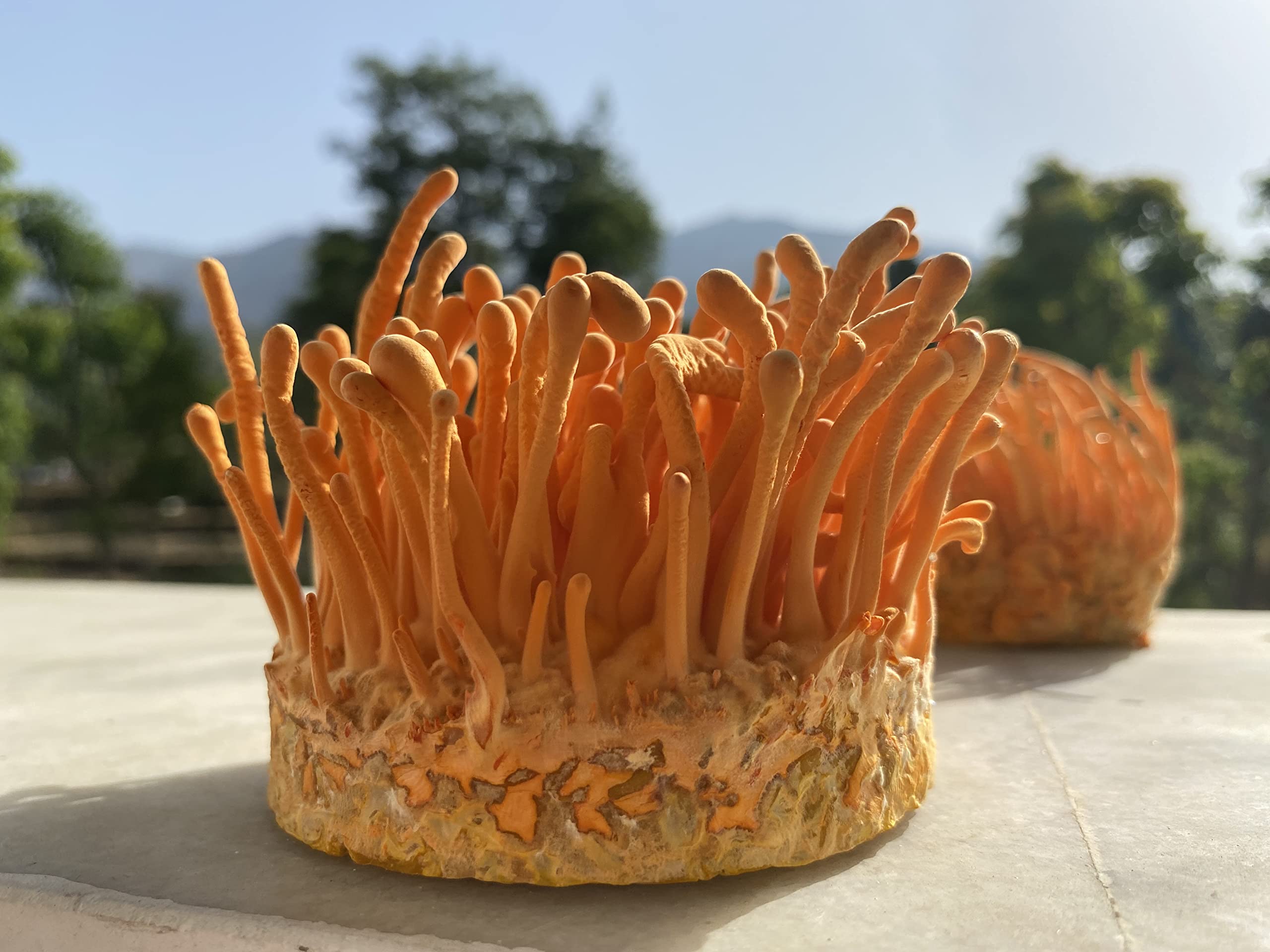
Cordyceps (Cordyceps sinensis): Traditionally used to boost energy and endurance, cordyceps may improve exercise performance and support respiratory and immune health.
How to Use Medicinal Mushrooms
Medicinal mushrooms can be consumed in various forms, including teas, tinctures, capsules, powders, and even as an ingredient in recipes. For instance, Lion’s Mane powder can be blended into a morning smoothie, while reishi tincture can be added to hot water for a calming evening drink. Always consult a healthcare professional before adding any medicinal mushroom supplement to your regimen, especially if you have existing health conditions or take medications.
Culinary Delights: Mushrooms in the Kitchen
Mushrooms are prized in cuisines worldwide for their unique umami flavor—a savory taste profile that adds depth to dishes. They can be grilled, sautéed, roasted, or used as a meat substitute in various recipes.
Types of Edible Mushrooms
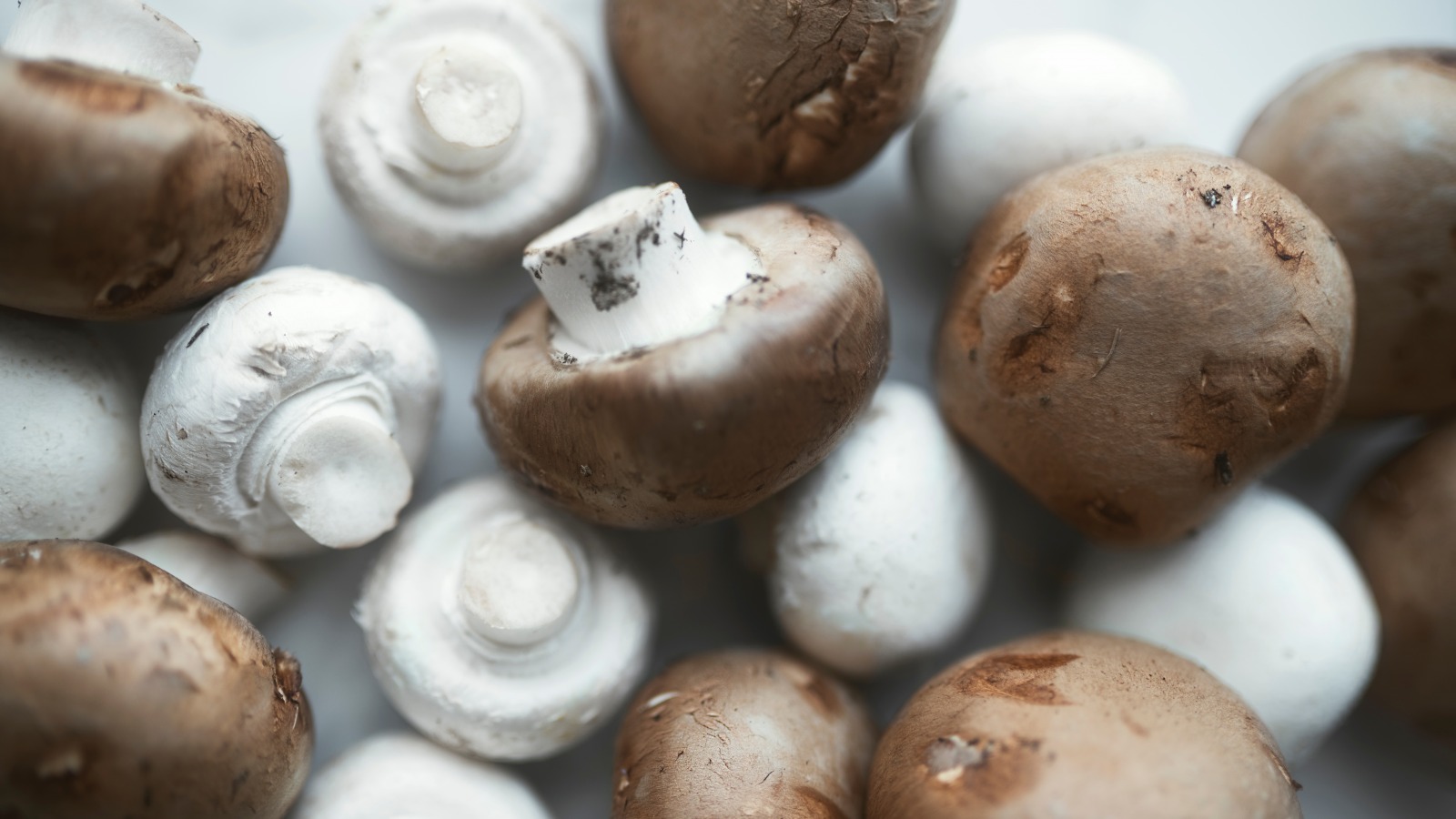
Button and Crimini (Baby Bella): Common in supermarkets, these mild mushrooms are versatile and easy to prepare.
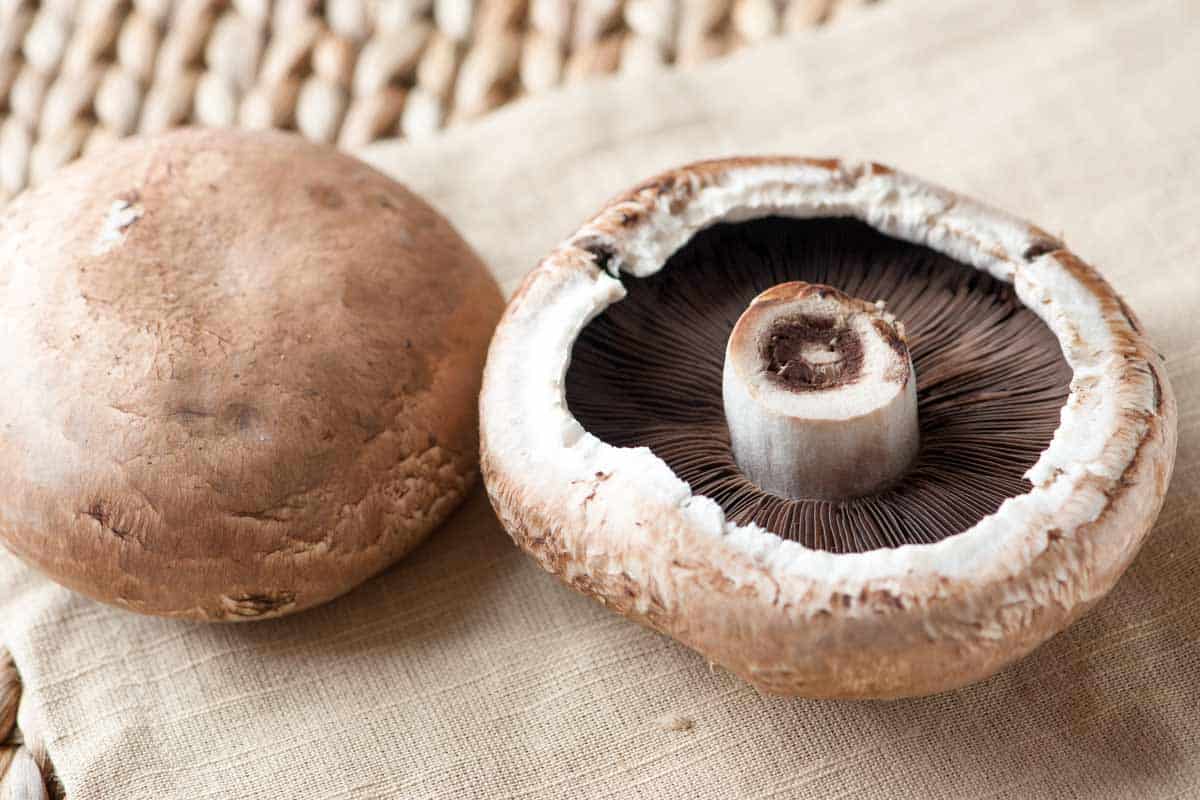
Portobello: Larger and meatier, portobello mushrooms are often used as a burger substitute or grilled as a steak alternative.
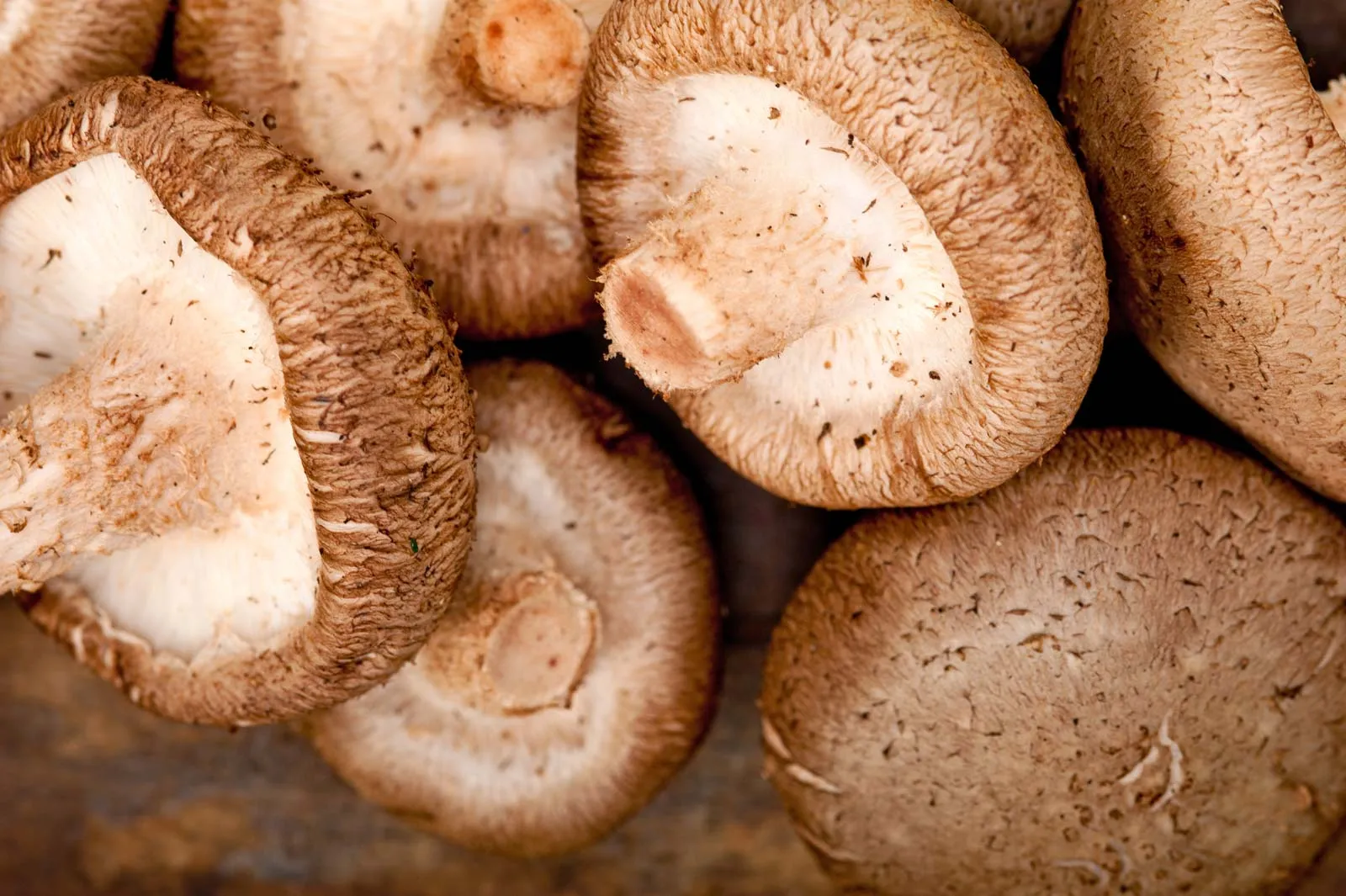
Shiitake: Popular in Asian cuisine, shiitakes have a rich, earthy flavor that enhances soups, stir-fries, and sauces.
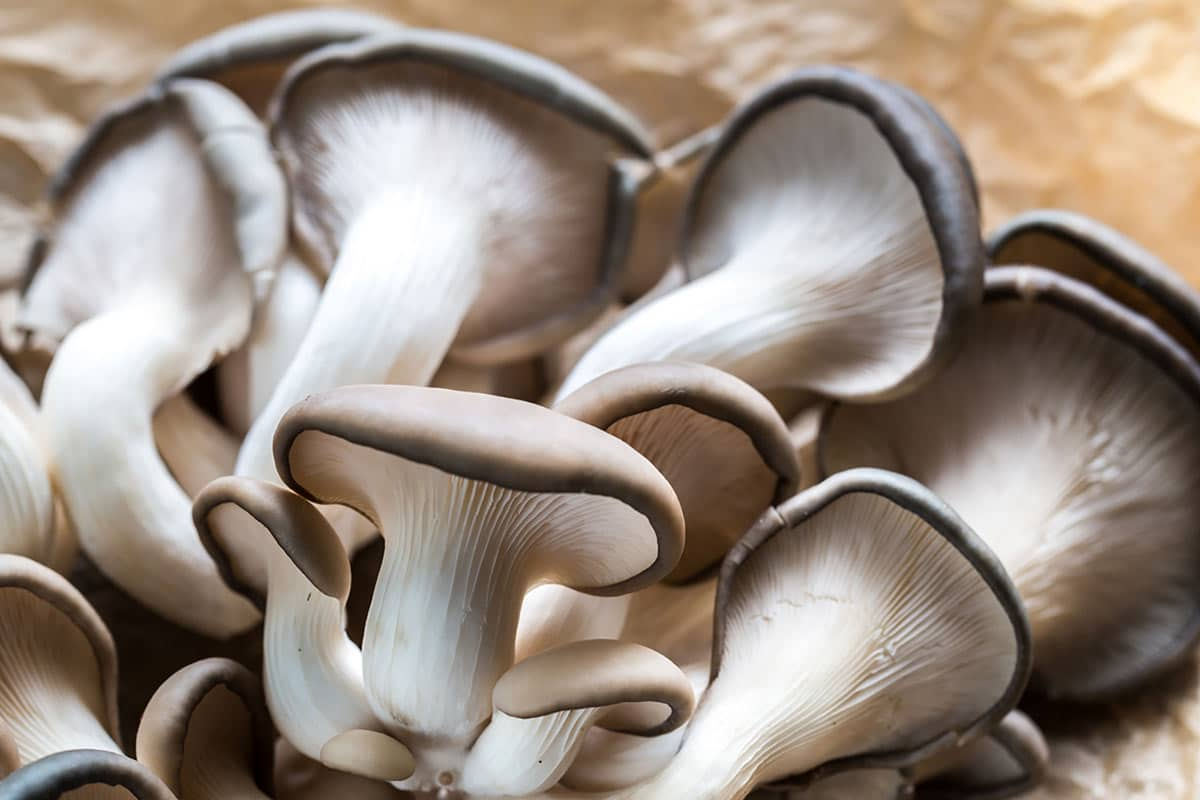
Oyster and Enoki: With delicate textures and subtle flavors, these mushrooms are often used in soups, salads, and light dishes.

Porcini and Morels: Gourmet mushrooms prized by chefs for their deep, complex flavors, often found in European dishes and high-end cuisine.
Tips for Cooking Mushrooms
- Cleaning: Wipe mushrooms gently with a damp cloth or quickly rinse them and pat dry. Avoid soaking them, as they can become soggy.
- Sautéing: A hot pan with a bit of oil or butter is perfect for bringing out the mushroom’s flavor. Cook until they release their moisture and turn golden brown.
- Pairings: Mushrooms pair well with garlic, herbs like thyme and rosemary, and savory ingredients like onions, shallots, and wine-based sauces.
- Meat Substitutes: For a plant-forward diet, try using portobello mushrooms instead of beef patties or finely chopped mushrooms to replace some ground meat in recipes for a lower-fat, nutrient-rich alternative.
Ecological Importance: Mushrooms as Nature’s Recyclers
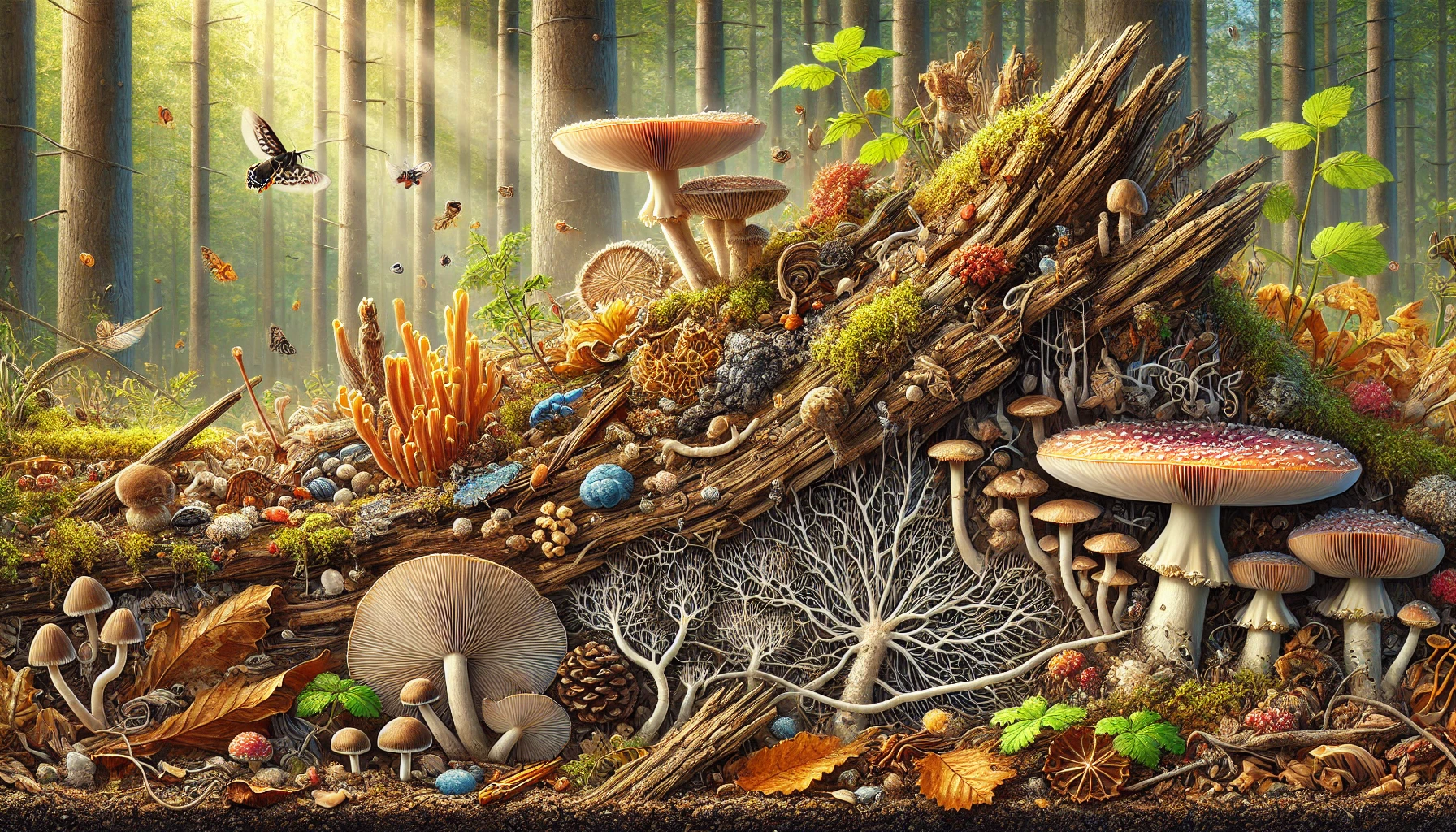
Beyond their culinary and medicinal uses, mushrooms play an essential role in maintaining healthy ecosystems. They are the ultimate decomposers, breaking down organic matter such as dead trees and leaf litter into nutrients that enrich the soil. This process, known as nutrient cycling, supports plant growth and helps maintain vibrant forests.
How Mushrooms Benefit the Environment
- Nutrient Recycling: By decomposing complex organic material, mushrooms return vital nutrients back into the soil, promoting plant growth and sustaining diverse wildlife.
- Soil Formation: The mycelial networks of fungi help bind soil particles together, improving soil structure, water retention, and resilience against erosion.
- Mycorrhizal Relationships: Many mushrooms form symbiotic relationships with tree roots, enhancing water and nutrient absorption. In return, trees provide the fungi with sugars produced through photosynthesis.
- Carbon Storage: Some fungal networks help store carbon in the soil, contributing to climate regulation by preventing excess carbon from being released into the atmosphere.
Examples of Ecological Roles
- Wood-Decaying Fungi: Species like turkey tail mushrooms help break down dead logs, ensuring forests don’t become clogged with debris and that essential nutrients cycle back through the ecosystem.
- Mycorrhizal Fungi: Truffles, chanterelles, and many other mushrooms form mutualistic partnerships with tree roots, increasing the resilience and productivity of forests.
Sustainable Solutions: Mushrooms in Industry and Innovation
As humanity seeks eco-friendly solutions to environmental challenges, mushrooms have emerged as a promising resource. From sustainable packaging to soil remediation, fungi are finding their way into innovative applications.
Mushroom-Based Materials
Mycelium, the root structure of mushrooms, can be grown into various shapes and used as a natural, biodegradable material. This has led to the development of:
- Packaging: Mycelium-based packaging can replace plastics and Styrofoam, reducing non-biodegradable waste in landfills.
- Building Materials: Some companies are experimenting with mycelium bricks, which are strong, lightweight, and sustainably produced.
- Textiles: Research is underway to create mycelium-based fabrics and leather alternatives, appealing to environmentally conscious consumers.
Environmental Remediation
Mushrooms are increasingly recognized for their ability to help clean up polluted environments. Certain fungi can break down toxic compounds, such as petroleum products, pesticides, and heavy metals. This process, known as mycoremediation, offers a natural, low-impact way to restore contaminated land and water sources.
Food Security and Mushroom Farming
Cultivating mushrooms requires less land, water, and energy than many other forms of agriculture. By growing edible fungi, communities can increase their food security while reducing their environmental footprint. Oyster and shiitake mushrooms, for example, can be grown indoors on substrates like straw, sawdust, or coffee grounds, making them accessible to small-scale farmers and urban dwellers.
Cultural and Historical Significance of Mushrooms
Mushrooms have featured prominently in art, literature, religion, and folklore for millennia. From ancient cave paintings to children’s storybooks, they have been portrayed as sources of mystery, culinary delicacy, or even portals to other worlds.
Global Folklore and Traditions
- Ancient Cultures: Aztecs, Mayans, and other indigenous peoples revered certain mushrooms as sacred, using them in spiritual ceremonies.
- European Traditions: Fairy rings—circles of mushrooms found in forests and meadows—have inspired folklore involving fairies, elves, and mythical creatures.
- Modern Pop Culture: Mushrooms have appeared in numerous stories, from “Alice’s Adventures in Wonderland” to various fantasy novels and video games, symbolizing transformation and the unknown.
Culinary Traditions
In many parts of the world, mushroom foraging is a cherished tradition passed down through generations. Families venture into forests to collect chanterelles, porcini, and morels, turning them into soups, sauces, and preserves that celebrate local heritage.
Practical Considerations: Identifying and Using Mushrooms Safely
While mushrooms offer numerous benefits, it’s crucial to approach them with caution. Some species are poisonous and can cause severe illness or even death if consumed. Proper identification and preparation are essential.
Tips for Safe Mushroom Foraging
- Learn from Experts: If you’re new to mushroom hunting, join a local mycology group or attend workshops to learn proper identification techniques.
- Use Field Guides: Carry a reputable field guide that includes clear photographs and descriptions of edible, inedible, and poisonous species.
- Check Local Regulations: Some areas restrict mushroom foraging to preserve wild populations and prevent overharvesting. Always follow local rules and guidelines.
- When in Doubt, Throw it Out: If you’re not 100% sure about a mushroom’s identity, do not eat it. The risk isn’t worth it.
Storing and Preparing Mushrooms
- Storage: Fresh mushrooms can be kept in a paper bag in the refrigerator for a few days. Dried mushrooms can last much longer when stored in airtight containers.
- Cooking: Many edible mushrooms should be cooked before consumption to enhance flavor, improve digestibility, and neutralize any potential toxins.
- Supplements and Extracts: When using medicinal mushroom supplements, choose reputable brands that test for purity, potency, and heavy metals. Consult a healthcare professional for guidance on dosage.
Future Perspectives: Mushrooms in Modern Science and Industry
As research continues to unveil the potential of mushrooms, we can expect them to feature prominently in discussions about sustainable agriculture, functional foods, and natural therapeutics.
Trends to Watch
- Functional Foods: As consumers become more health-conscious, expect a rise in mushroom-infused products like coffee blends, protein bars, and wellness shots.
- Bio-Based Solutions: Mushroom-derived materials could replace plastics, foams, and even certain fabrics, leading to a more sustainable future.
- Personalized Medicine: Ongoing studies may reveal how specific mushroom compounds interact with individual genetic profiles, leading to personalized health recommendations.
Conclusion: Embracing the World of Mushrooms
Mushrooms are far more than a culinary curiosity. They are vital contributors to ecosystems, potent natural medicines, sustainable industrial materials, and flavorful additions to our diets. By understanding their biology, nutritional value, medicinal benefits, and ecological importance, we can better appreciate the profound impact that mushrooms have on our lives and the world around us.
Whether you’re a seasoned mycologist, a chef exploring new flavors, a health enthusiast seeking natural remedies, or an environmentalist looking for sustainable solutions, mushrooms offer endless opportunities for discovery. Embrace their incredible diversity, learn to identify and use them safely, and consider incorporating mushrooms into your diet, garden, or research endeavors. In doing so, you join a growing number of people who understand that mushrooms are not just fascinating organisms—they’re also allies in our pursuit of a healthier, more sustainable future.


